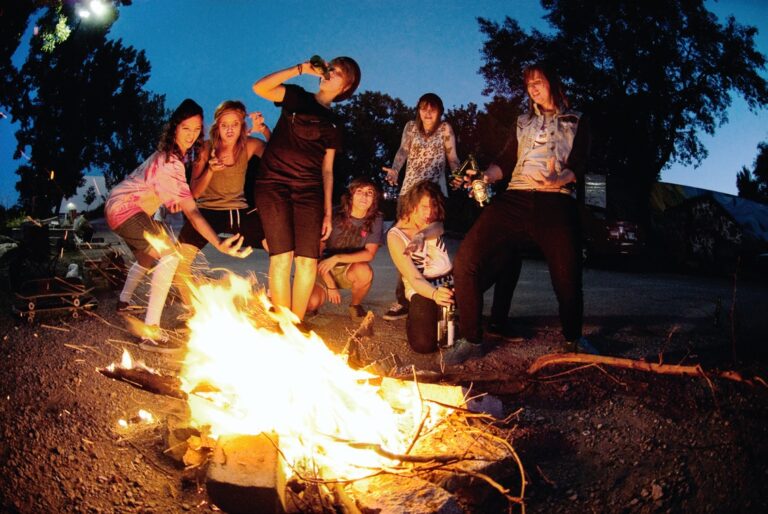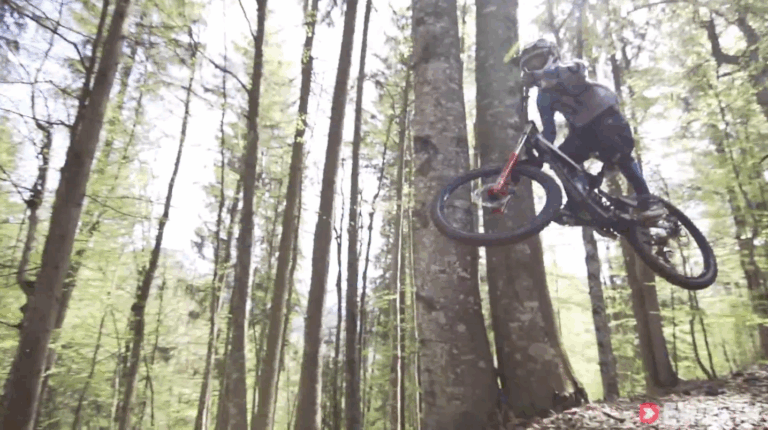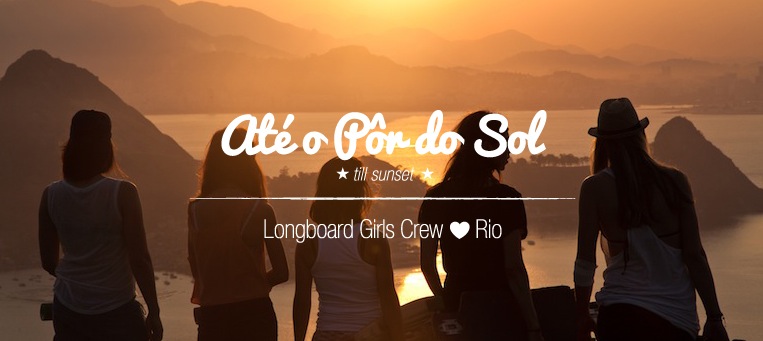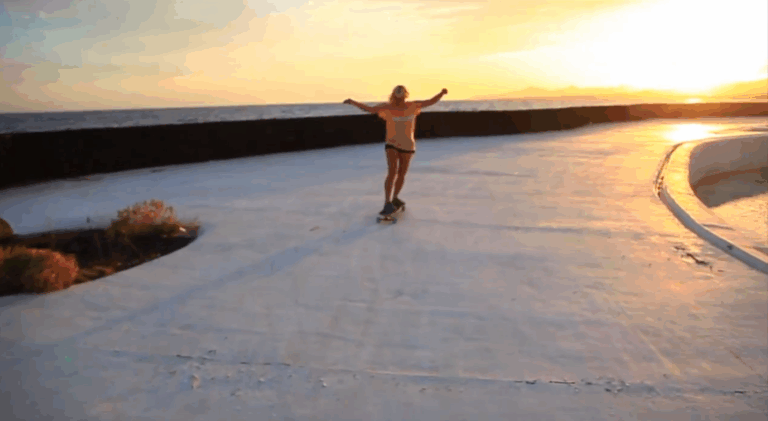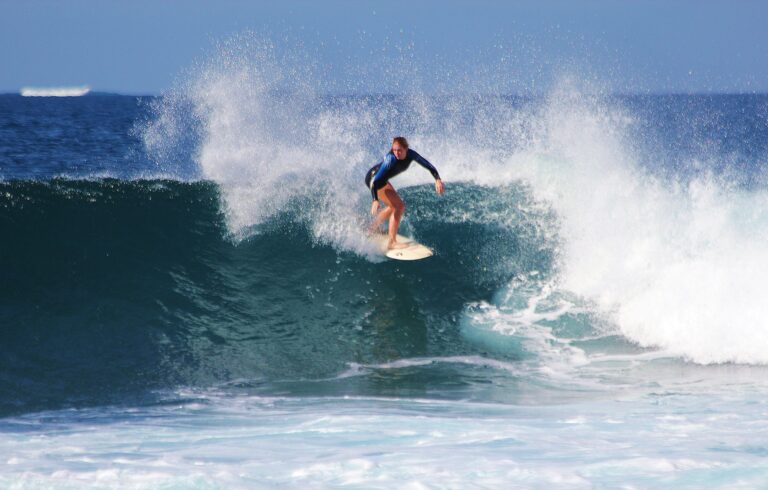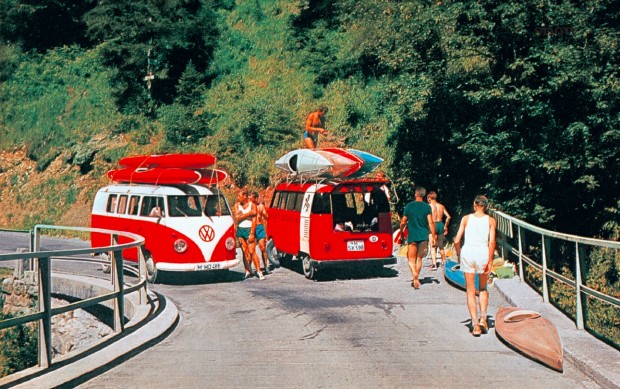
An ode to the VW camper vans, which have been synonymous with surf and beach culture since the 60s
Words by Cherry Martin
You’re driving along a winding country road, anxious to get to your destination when suddenly you’re faced with a trail of slow moving traffic being held up by a VW Camper van merrily chugging its way along. But instead of cursing your impending lateness, you lean forward and squint to check out which colour and type the VW Camper van is.
With 50 years of history packed into its load space, how has the VW Camper won a warm place in every beach lover’s heart and become the iconic vehicle we love today?
A mini potted history
World War II was over and Germany was in serious need of rebuilding. Its streets were reduced to rubble and its economy shocked to the core. A vehicle that could carry high loads was needed to aid the rebuilding process, and it had to be one that could be sold to anyone in business that needed it.
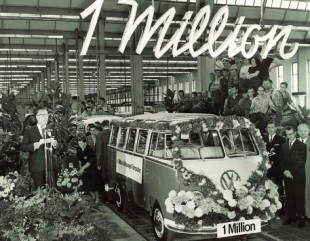
Armed with a design brief to create a ‘box on wheels’ Ben Ponn, soon to be VW’s Dutch importer, sketched out the first concept for the VW Camper. After two solid years of development adapting the Beetle’s chassis and coping with the issues proposed by supporting larger loads, the VW Split-Screen Transporter was launched in November 1949 to an eagerly awaiting public and instantly approving press.
This was the first vehicle of its kind and as such, was unlike anything else ever designed – the engine was placed at the rear end and used the driver’s weight as a counter balance. A world tired of seeing imposing military machinery on the roads, warmed quickly to its split windscreen and curvy edges and was affectionately nicknamed Splittie as it still is today. Find one of these highly sought after and heralded originals and you will officially be in the VW gang…
By its very nature, technology moved on and after producing 1.8 million models of Splitties, the Bay Window VW Type 2 was launched. Although many people mourned the end of production of the Splittie, the Bay had several improvements to its handling capabilities and was quickly accepted into the VW world. The Camper’s versatility as a commercial vehicle meant that both models had been converted into ambulances, fire engines, milk floats builder’s vans and taxis and just about anything you could imagine. They could be seen all across Europe in every walk of trade.
However, the Camper’s appeal shifted completely with the total revolution for travel that it offered, and it was at this point that it captured every true surfer’s imagination…
It was the surfer’s dream – the space inside the van could hold enough friends and their boards along with camping equipment to keep them going for a whole surfing holiday.
California was the place where the surfing age of Camper love began and their import quoter doubled. It was the surfer’s dream – the space inside the van could hold enough friends and their boards along with camping equipment to keep them going for a whole surfing holiday. Surfers were hiring mechanics or training themselves up to convert the interiors of the vans out into motorhomes with sound systems built in as well as ladders to the roof to ensure quick access to their boards to catch their waves. They were then ready to while away the days cruising the coastlines at a top speed of 50mph on the search for their perfect wave.

California love epitomised the whole genre of the post-war generation – a time of freedom, free love and hope with no limits. The Camper could be personalised to show every free expression of this hippy age and reflected the feeling of an endless summer. A feeling that was shared by Camper lovers the world over – from California, to the UK to Brazil, people everywhere were changing the VW sign on the front to a peace symbol and willing the good times never to end.
Although the Camper Van had always been altered to suit its owner’s needs in a commercial sense, personal customisation of the vans was now all the rage. As you can still see today, people were painting the outsides in every colour under the sun and illustrating them with flower power designs or for the more adventurous globe trotting set, the exterior panels were used to chart their route map, showing anyone that wanted to know, where they’d been.
Two people completed an around the world trip in 51 days in a Camper Van; their only incident being a collision with a kangeroo in Australia which overturned the bus…
VW saw the potential for marketing holidays of this type and advertised the Camper as the perfect ‘Country home away from home.’ Soon people everywhere were embracing the new kind of freedom that the Campers had to offer and were packing up their belongings and trucking off all around the world. Sometimes even literally, with two people completing an around the world trip in 51 days in a Camper Van; their only incident being a collision with a kangeroo in Australia which overturned the bus…subsequent books were published on how to survive in a Camper with travel tips for dangerous conditions.

It is this vision of a golden era, which still lives and breathes inside the Camper Vans today and the owners that still drive them faithfully on their holidays.
Ask a true Splittie or Bay lover about the Type 3 Camper Vans (where the engine is situated at the front and is water cooled) and you’ll pay witness to an expression that conveys pure disgust at the prospect of leaving their faithful original for an arguably better performing vehicle.
Avid Camper restorer, Rob based at Oceanos Watersports shop in Poole sums up the divide between Campers perfectly, as that of “It’s like taking a photograph and capturing a moment in time. Bays and Splitties did the same and it was such an intrinsically good moment in time to capture that to use any other model is being disrespectful to the values that the Campers stand for.”

If you haven’t got the money or space to own your own bit of hippy history definitely make the time to check out Lucy and Steven Lord’s website snailtrail.com where you can hire a Camper for a holiday from their gloriously customised range. They said: “Freedom of expression and free living in today’s society is hard to come by, so for many people hiring a VW Camper for a few days or weeks every year is their way of being free explorers and trekking back to that era of no worries…”
To keep the dream of the golden age alive, side-businesses have sprung up all over the world. Literally everything you can imagine from VW curtain makers, restorers, mechanics, part sourcers, interior experts, website forum owners, VW Camper shows and fully supported magazines. So for a newby on the VW scene it is hellishly easy to get involved at any level that your pocket will allow you. Go along to any DubFreeze event and you will be transported straight into the heart of the VW community and whilst you might walk away from the event a few hundred pounds poorer, you’ll have made friends for life and chances are you’ll have some good old-fashioned memorabilia.
“You’re always the first person on the beach to catch a wave if you’ve camped in a VW Camper van…”
Jez from North Coast Campers, a VW Camper hire firm based in Devon summed up Camper life perfectly by saying “You’re always the first person on the beach to catch a wave if you’ve camped in a VW Camper van…” So what more can we say other than peace out and happy Camper-ing…
Greening your Camper
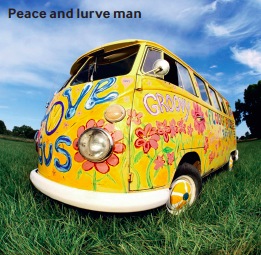
In today’s ozone conscious climate, try implementing these ideas to ensure a greener environment to keep Camper-ing in:
* Go retro, use your creative inner genius and customise your beloved Camper with recycled products… take inspiration from Neil Smart, original Splittie owner, who sourced jeans from car boot sales and revamped the interior of his Splittie entirely using them.
* Burn less fuel by placing as much as you can inside the van instead of using the roof racks when loading.
* Buy low-rolling-resistance replacement tires. They are specially designed to improve a vehicle’s fuel economy.
* Employ a really good mechanic to alter the engine so that it runs on part fuel, part vegetable oil – greener and cheaper!

